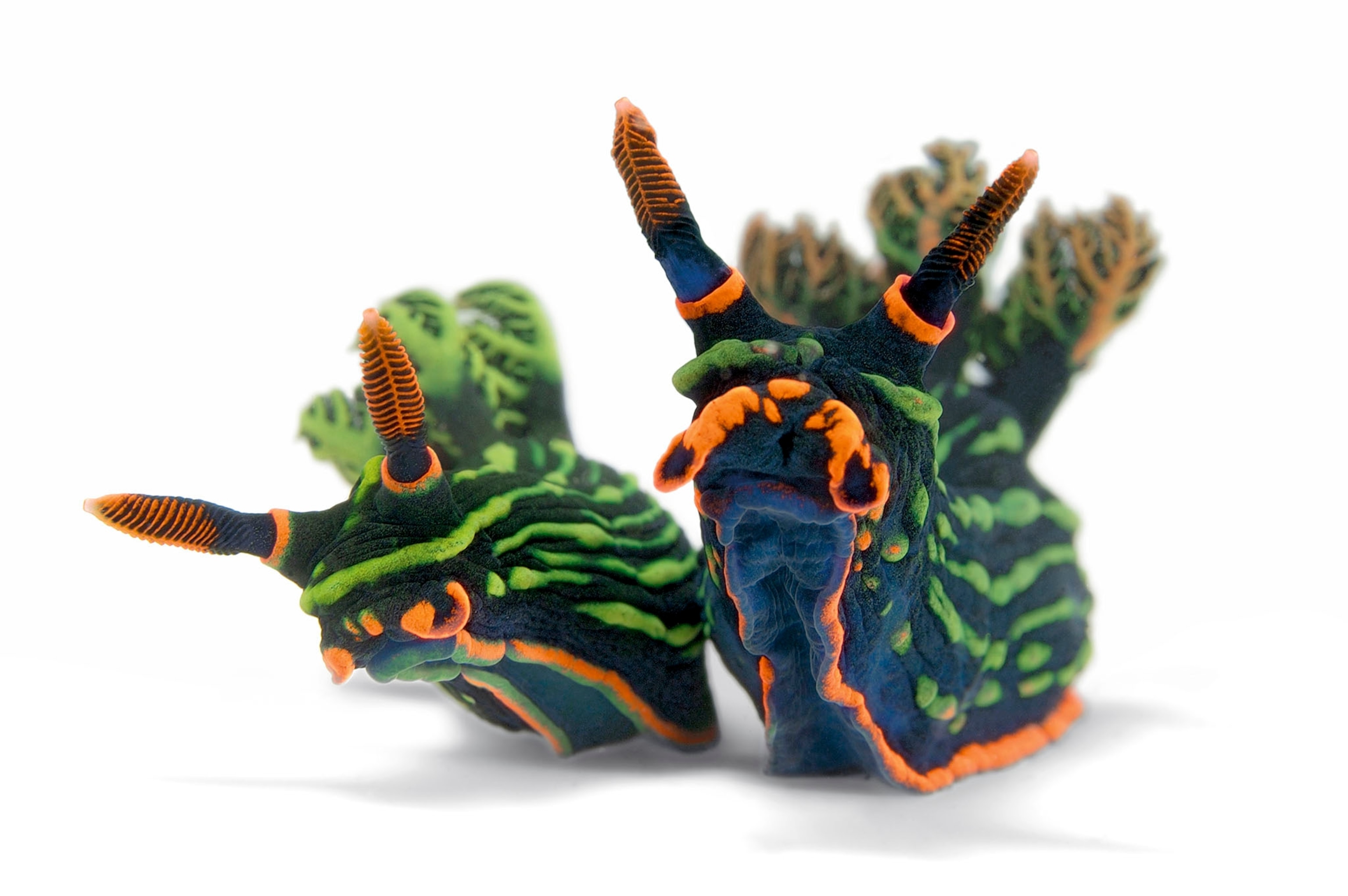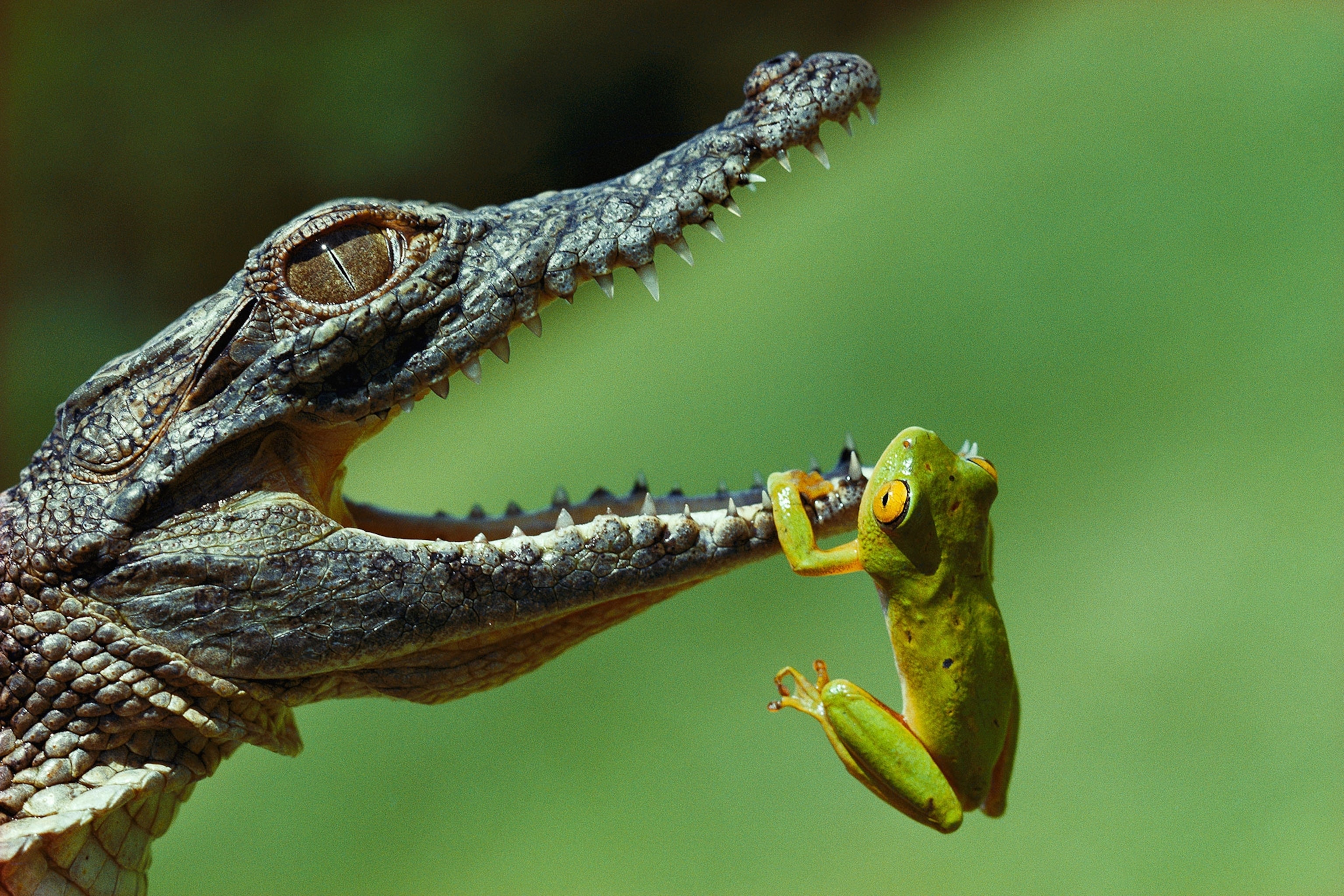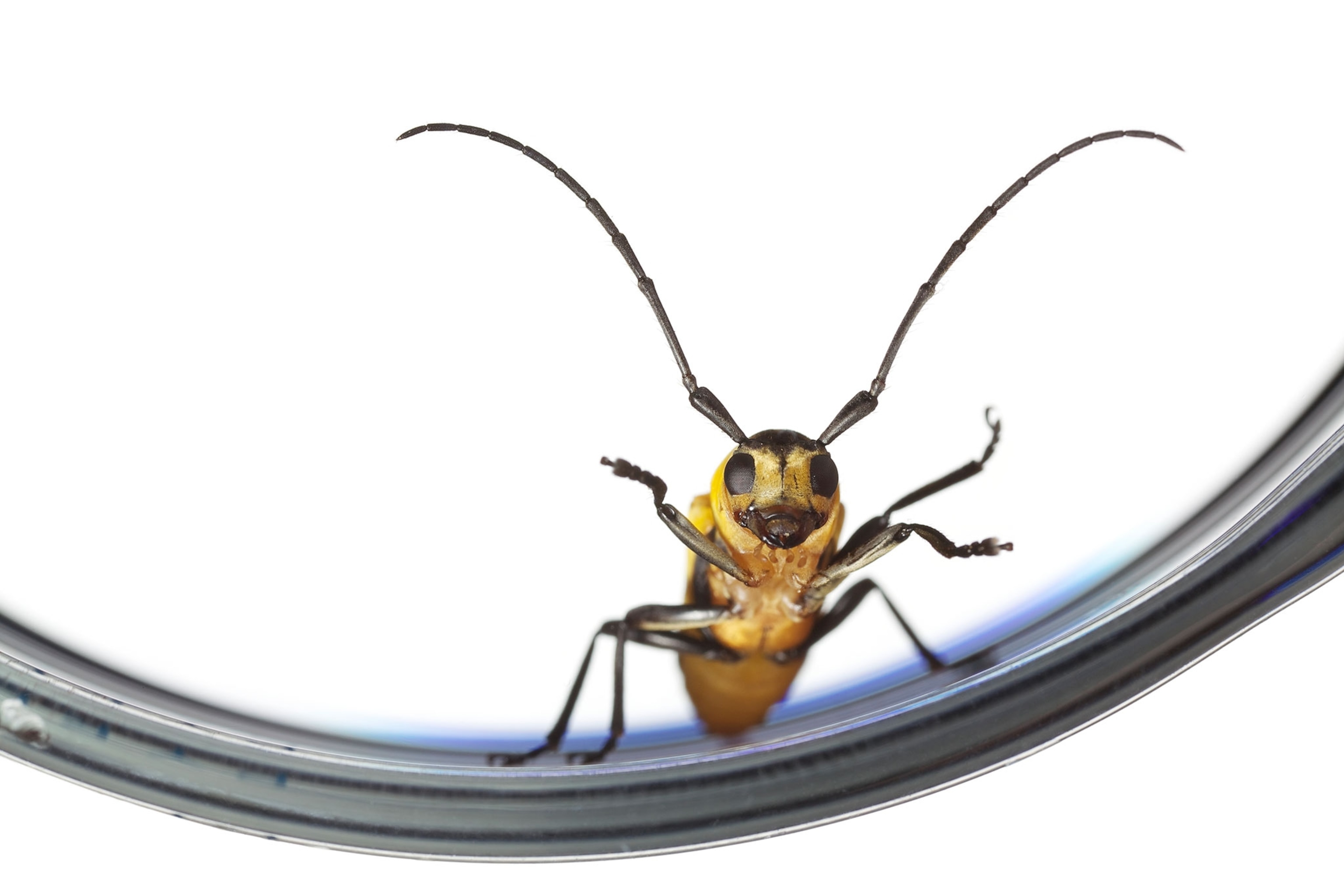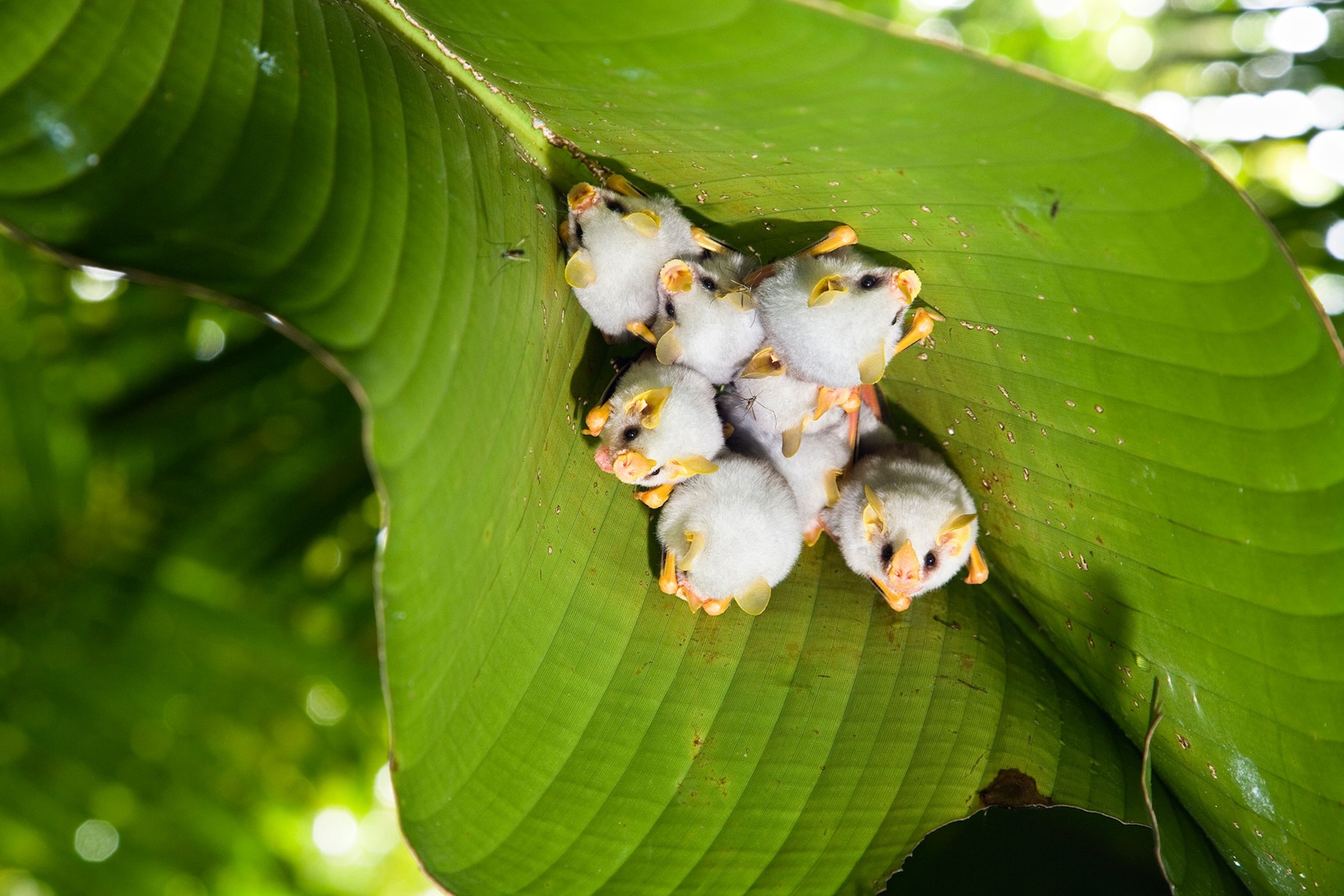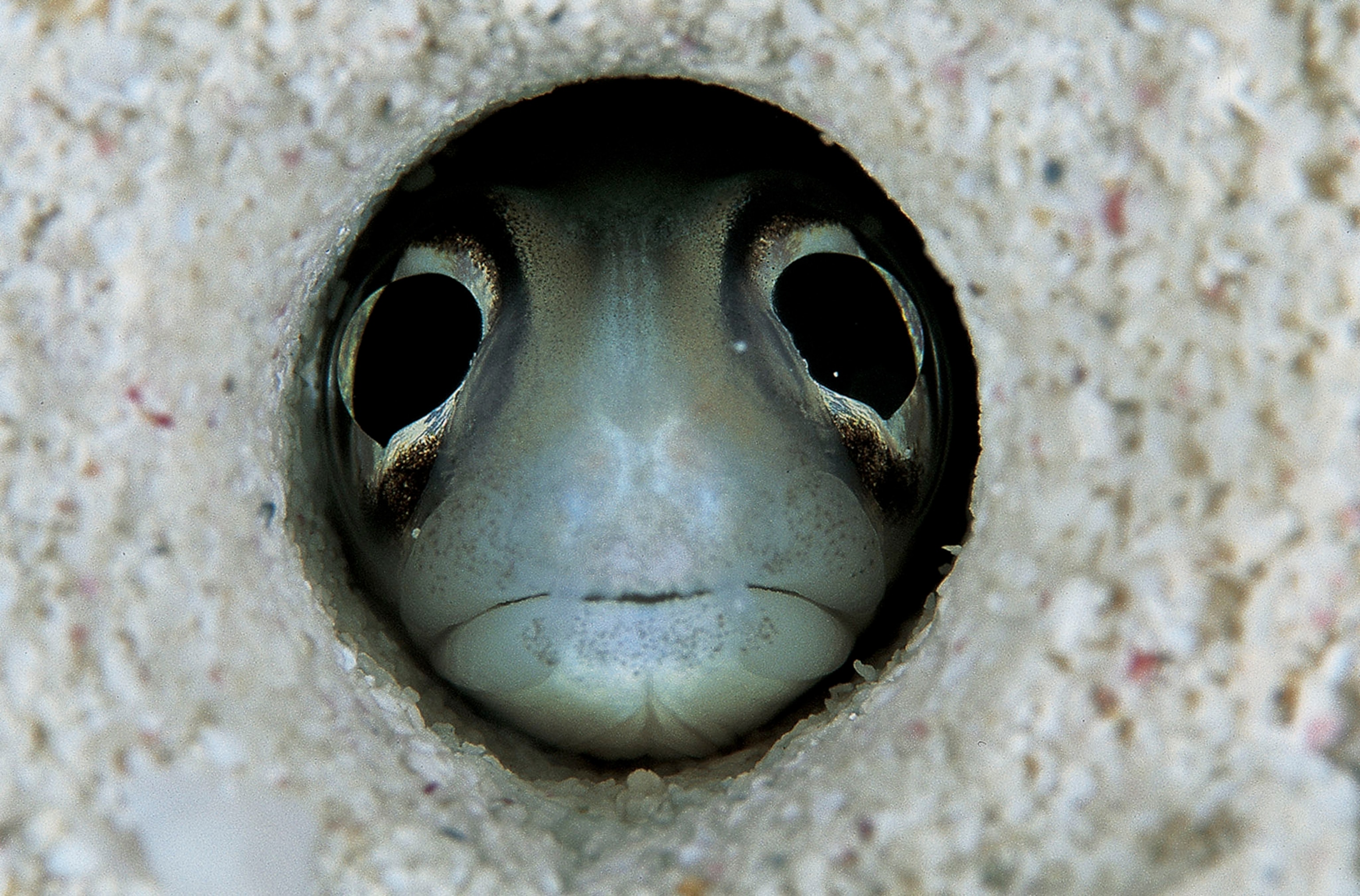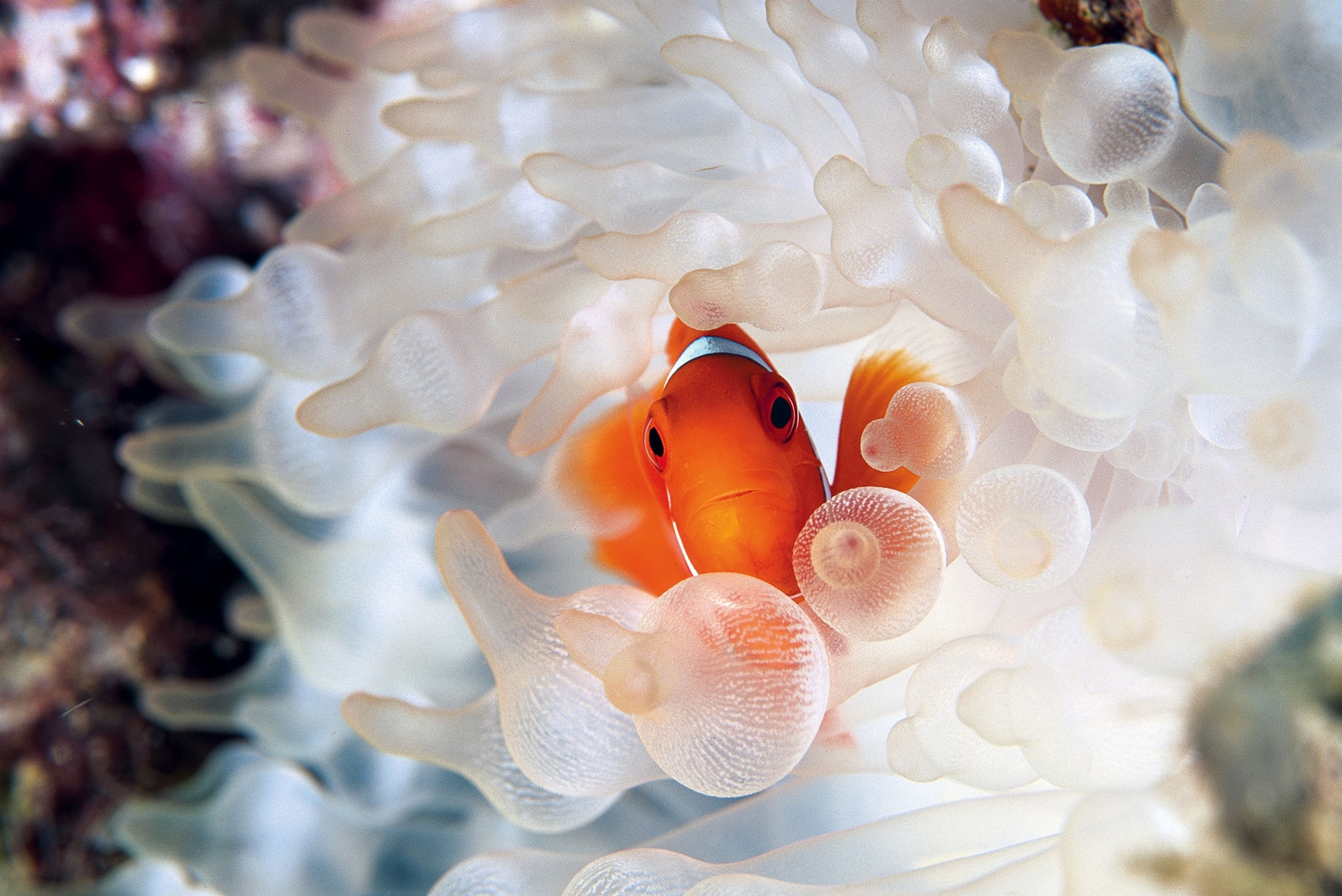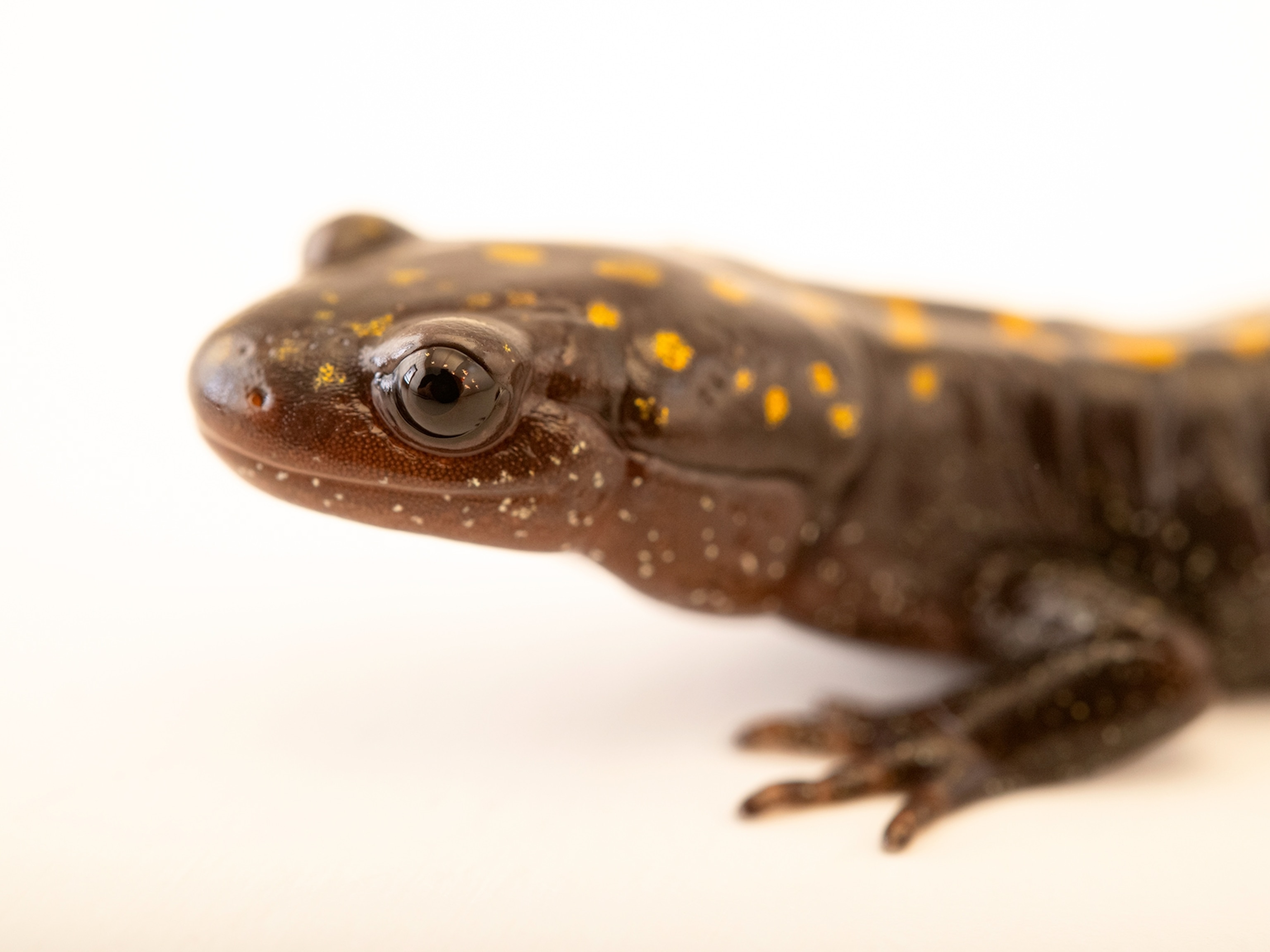A new study shows that there are more species of Chinese giant salamander than previously thought, but most of those could go extinct in the near future.
The Chinese giant salamander does not fit the traditional definition of “cute.” Growing to nearly six feet long and weighing roughly 140 pounds, the flabby creatures are the largest amphibians in the world. Their beady, lidless eyes peer out from broad, flat heads with blunt snouts, and their mud-colored bodies have short limbs and long tails. The species’ slimy skin is not pleasant to pet, either.
With these characteristics, the amphibians are certainly not as charismatic as pandas and other fluffy mammals, but they’re just as crucial to a healthy ecosystem. In two studies published last week, scientists found that instead of one species—as previously thought—there are actually roughly half a dozen species of Chinese giant salamander.
“We weren’t surprised to find two or three [species],” says Bob Murphy, senior curator of herpetology at the Royal Ontario Museum’s Centre for Biodiversity and Conservation Biology, and corresponding author on one of the papers. “[But] we were surprised at just how much diversity was there. At least five and up to eight species, that was quite a shock."
However, humans might have already driven some of those species toward extinction. In their endemic habitat of rocky mountain streams and lakes in China, the critically endangered salamanders are threatened by poaching and human intervention.
“The bigger issue, I think, is trying to change ideas about what conservation needs to happen for these iconic animals,” Murphy says.
Related: 10 Surprisingly Cute Critters
Decades of Research
Chinese giant salamanders are rare in the wild but raised on farms to be sold as a luxury food item. A four-pound salamander can go for up to $1,500 in some markets, and they’re prepared in soups, stews, and other dishes.
Traditionally, the Chinese Ministry of Agriculture has called for farmers to release a portion of their salamanders into the wild in an attempt at conservation. In the last decade, more than 72,000 have been let go.
But this conservation technique is flawed, experts say. When farmers release captive-bred salamanders, the animals are not genetically screened or looked at for diseases. They can breed with other salamanders in the wild, and the resulting offspring could have too much genetic variation. This diversity could be harmful to the species.
“The system begins to break down, and then you end up with lower developmental rates and a bunch of inefficient salamanders that can result in a population loss,” Murphy says. “You mix all of that together and the salamanders are lost.”
The studies that spurred this revelation began more than two decades ago with funding from the National Geographic Society. They fizzled out but were reactivated in 2007 when the researchers returned with new technology, Murphy says. Armed with more advanced tools for genetic analysis, they discovered that there were at least five species of Chinese giant salamander, and could be as many as eight.
“Back in 1992, things in China were very different, so it was hard getting into the field without permissions,” Murphy says. “We didn’t have a whole lot of samples and the genetic techniques, by today’s standards, were quite primitive.”
Slithering Forward
Murphy says that if these conservation techniques of releasing unscreened salamanders into the wild continue, diversity could whittle down into one species of Chinese giant salamander in 10 to 20 years.
“These are monstrous salamanders,” he says. “An animal this large plays a big role within ecosystems and we don’t know what affect its ultimate removal might be.”
Murphy says that conservation could start with educating school-age children about the importance of saving species like the Chinese giant salamander. It’s difficult to change the minds of adults, he adds, but teaching children the importance of conservation early on could have lasting impacts.
“It’s not as cute [as the panda],” Murphy says, “but it needs level-one protection to stop the poaching.”
